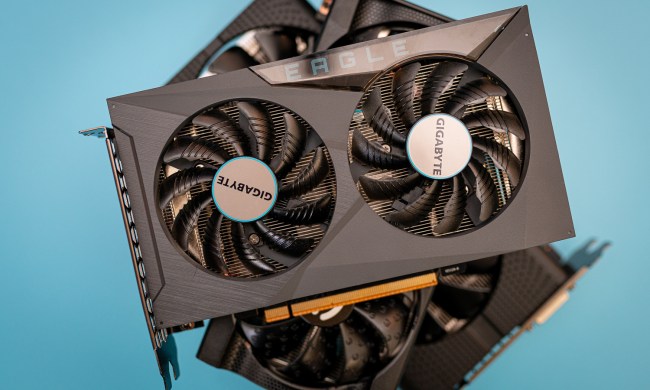
Although AMD has continued to offer decent competition for Nvidia over the past few years, especially around the midrange, Nvidia has found itself leapfrogging its own cards with new releases. The Titan Xp is no different, stealing the specification, and likely the performance crown, from Nvidia’s own GPUs.
The Xp is an updated version of Nvidia’s previously released Titan X, which ruled the roost as the most powerful single graphics processor (GPU) card in the world — until the 1080 Ti came along. It makes use of a full-speed GP102 graphics chip, with all of its 3,840 CUDA cores unlocked and raring to go.
The core clock is the same as the 1080 Ti, a boosted 1,582MHz, but the Titan Xp’s memory configuration is a little more impressive. It comes with 12GB of GDDR5X running at a higher 11.4Gbps, and has a memory interface width of 384-bit, which delivers 547.7 GBps of total bandwidth.
Although overall performance is unlikely to be leaps and bounds ahead of the already monstrous 1080Ti, it could be (as Ars points out) that the Ti was simply too much of a smart buy when compared to the Titan X, and Nvidia felt the need to have a new, ultra-expensive top-tier card.
If you want to pick up a Titan Xp, they are available now and will arrive within one to three days, according to Nvidia. Its price tag is a whopping $1,200, which not only puts it far out of the reach of almost all consumers, but makes it redundant for all but benchmark score-chasers and those who need the absolute most powerful graphics card right now.



